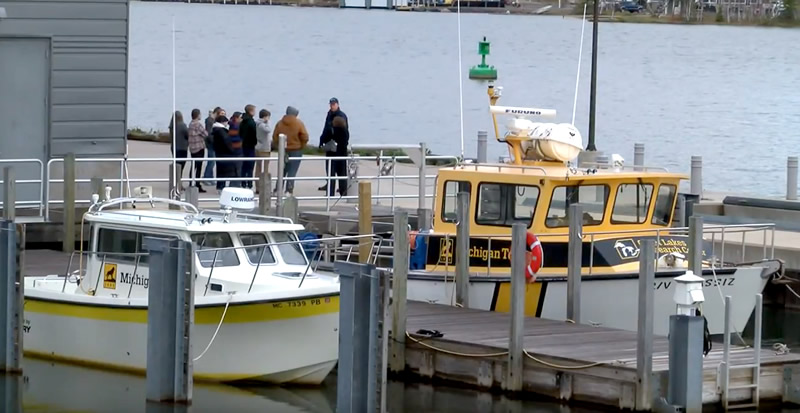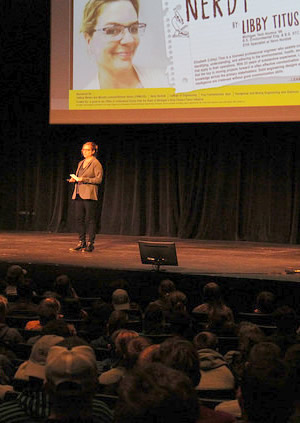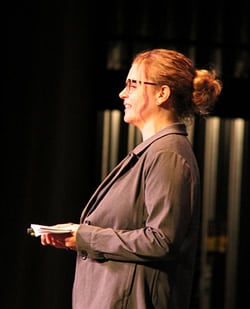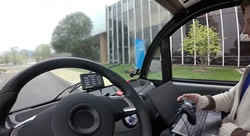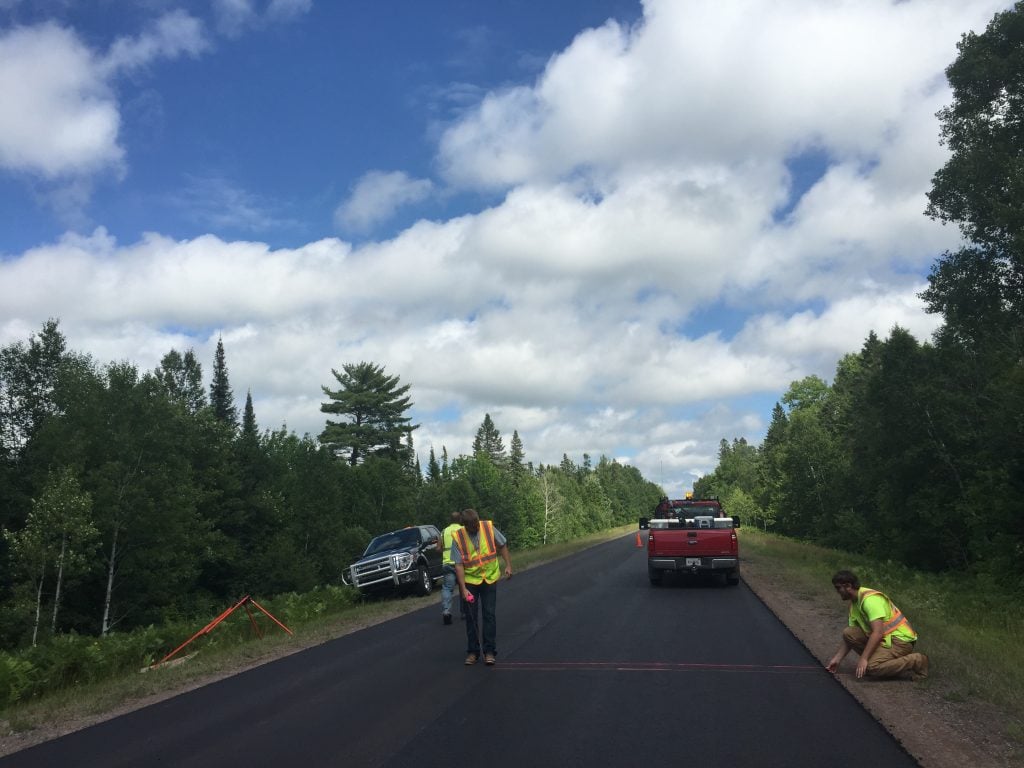
Over 94% of the roads in the United States are paved with asphalt mix. Each year, renovating old highways with new pavement consumes about 360 million tons of raw materials. It also generates about 60 million tons of old pavement waste and rubble.
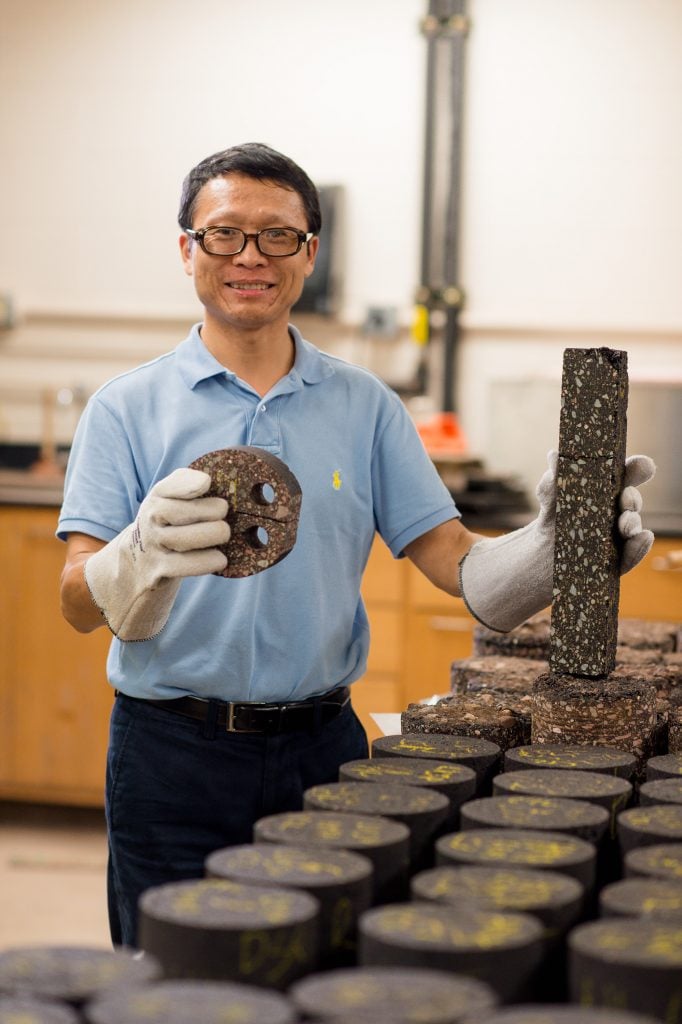
Recycling these waste materials greatly reduces the consumption of neat, unmodified asphalt mix and lowers related environmental pollution. But blending recycled asphalt pavement (RAP) with fresh asphalt mix presents several challenges, potentially limiting its usefulness.
Not to Michigan Tech researcher Zhanping You. “One noticeable issue of using RAP in asphalt pavement is the relatively weaker bond between the RAP and neat asphalt, which may cause moisture susceptibility,” he explains. “Modifying the asphalt mix procedure and selecting the proper neat asphalt can effectively address this concern.”
You tests a variety of recycled materials to improve asphalt pavement performance. Crumb rubber, made from scrap tires, is one such material. “Crumb rubber used in asphalt reduces rutting and cracks, extends life, and lowers noise levels. Another plus—building one mile of road with crumb rubber uses up to 2,000 scrap tires. Hundreds of millions of waste tires are generated in the US every year,” he adds.
Adding crumb rubber to asphalt mix has its own share of problems. “When crumb rubber is blended into asphalt binder, the stiffness of the asphalt binder is increased. A higher mixing temperature is needed to preserve the flowability. Conventional hot-mix asphalt uses a lot of energy and releases a lot of fumes. We use a foaming process at lower temperatures that requires less energy and reduces greenhouse gas emissions.”
“Building one mile of road with crumb rubber uses up to 2,000 scrap tires. Hundreds of millions of waste tires are generated in the US every year.”
—Zhanping You
You and his team integrate state-of-the-art rheological and accelerated-aging tests, thermodynamics, poromechanics, chemical changes, and multiscale modeling to identify the physical and mechanical properties of foamed asphalt materials. With funding from the Michigan Department of Environmental Quality, they have constructed test sections of road in two Michigan counties to monitor field performance.
Another possible solution is asphalt derived from biomass. You’s team used bio oil in asphalt and found it improved pavement performance. They’re also investigating nanomaterial-modified asphalt. “Soon we’ll have mix recipes to adapt to all environmental and waste supply streams,” he says.
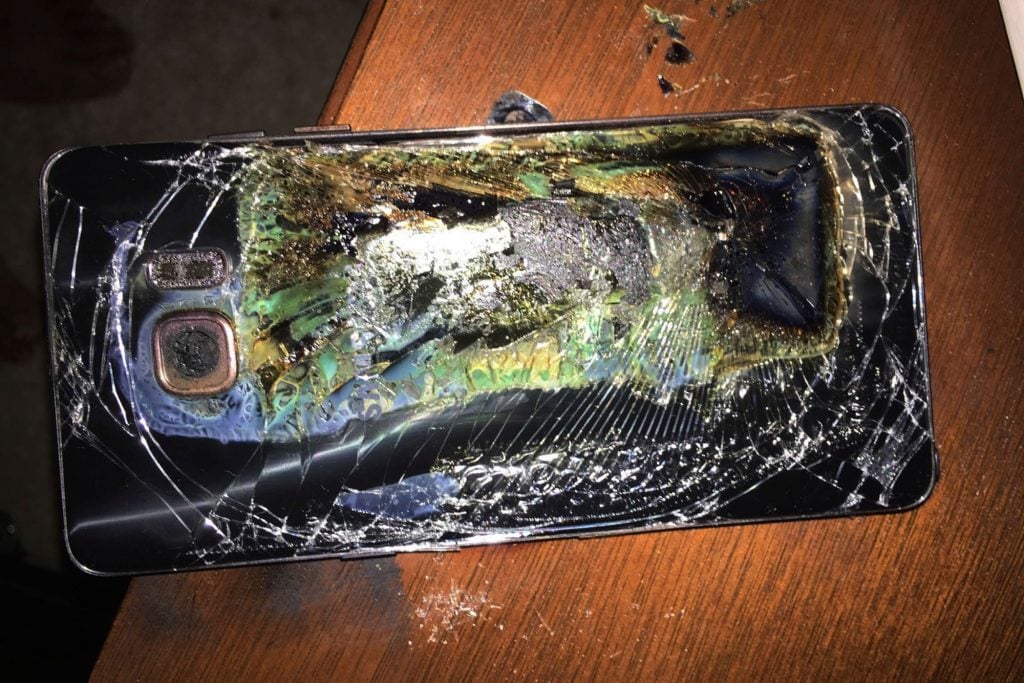
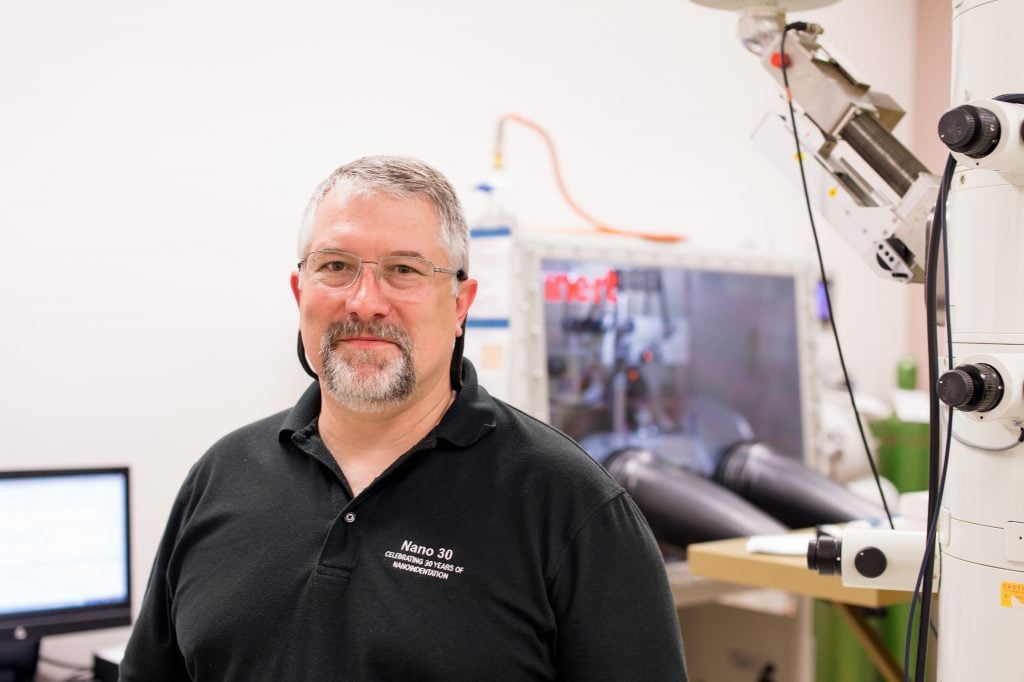
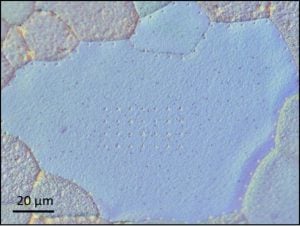
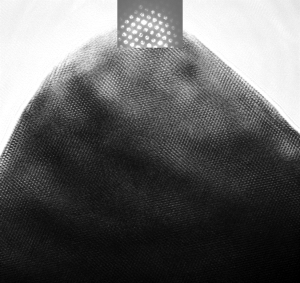
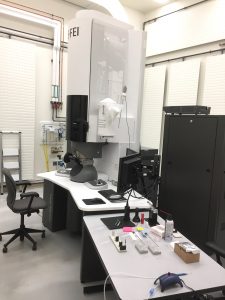

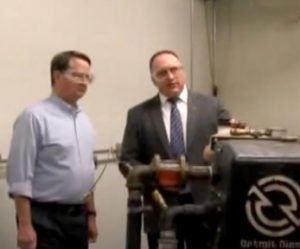
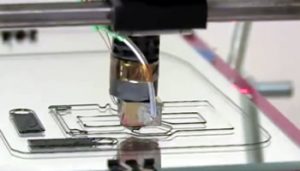 Three Michigan Tech student teams have been chosen to compete in the Accelerate Michigan Innovation Competition in Detroit on Nov. 16, 2017. The student teams will compete for a total of $21,000 in funding.
Three Michigan Tech student teams have been chosen to compete in the Accelerate Michigan Innovation Competition in Detroit on Nov. 16, 2017. The student teams will compete for a total of $21,000 in funding.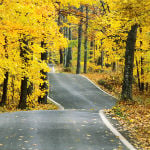 The MDOT Office of Research is soliciting research priority ideas for their upcoming funding years FY19/20/21. This is a great opportunity for Michigan Tech researchers from various departments to expand their research portfolio into transportation topics.
The MDOT Office of Research is soliciting research priority ideas for their upcoming funding years FY19/20/21. This is a great opportunity for Michigan Tech researchers from various departments to expand their research portfolio into transportation topics.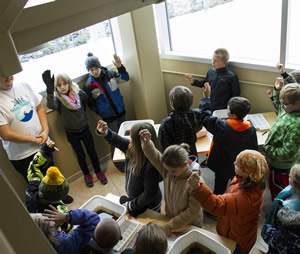 The
The 